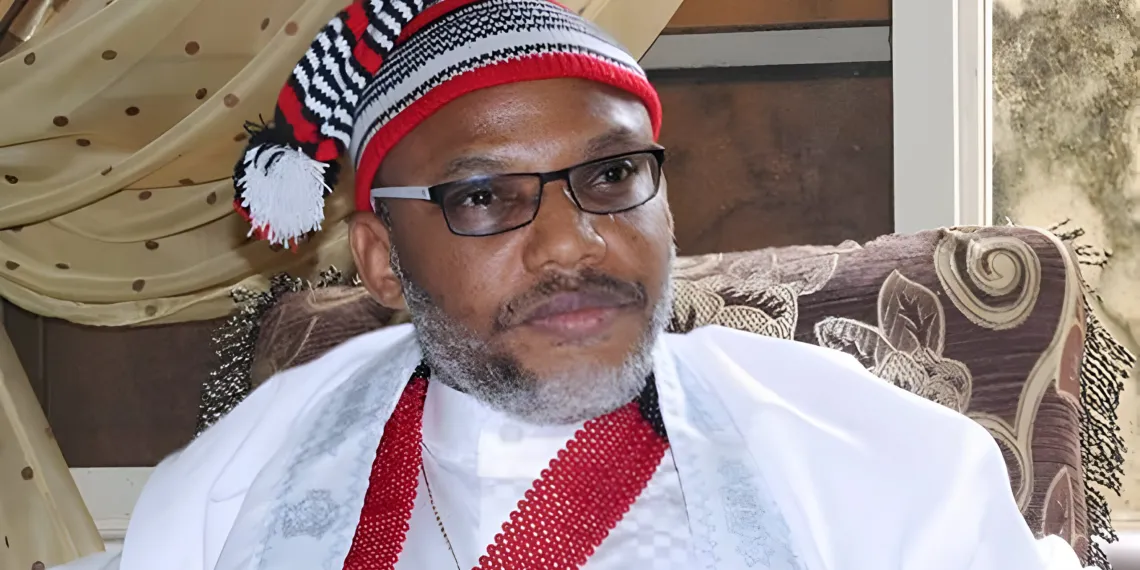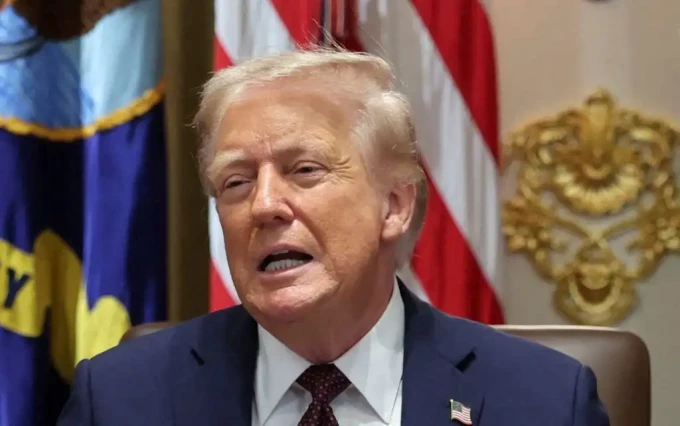Escalating geopolitical tensions have significantly influenced global markets and international relations. The Middle East, particularly the Israel-Iran conflict, has been a focal point, with the June 2025 confrontation leading to a temporary spike in oil prices. Brent crude rose from under $70 to a peak of $81.40 following Israeli and U.S. strikes, but quickly dropped below pre-conflict levels to $67 after a ceasefire was announced and Iran’s limited response signaled de-escalation. This event underscores the Middle East’s diminishing influence on global oil markets, attributed to improved market intelligence, alternative export infrastructure, and diversified global energy sources.
Despite these tensions, global markets have shown resilience. The S&P 500 remains near record highs, with investors cautiously monitoring developments. The U.S. administration’s recent imposition of broad tariffs has introduced additional uncertainty, drawing comparisons to previous economic disruptions. While the immediate market response has been modest, potential escalations, such as the closure of critical maritime routes, could lead to sustained inflation and impact central bank policies.
The resurgence of a “new Cold War” has further heightened global apprehension. Increased military spending and protectionist policies are evident worldwide, with nations reinforcing defenses and adopting measures that blur the lines between economic competition and armed conflict. Key flashpoints include intensified U.S.-China tensions over Taiwan, European defense budget increases amid fears of Russian aggression, and escalating conflicts in Ukraine and Gaza. These developments have led to a surge in safe-haven assets like gold and the Swiss franc, while the U.S. dollar’s stability is eroding due to domestic uncertainties and fiscal strains.
The U.S.-China rivalry continues to challenge global trade dynamics. Despite rising tensions and protectionist measures, global trade has demonstrated resilience. Studies indicate that while there are fewer exchanges between geopolitical blocs, the differences are minimal. Factors such as the adaptability of multinational corporations and the lack of alignment among some governments have provided stability to the global economy. However, sectors like 5G technology, electric vehicles, and critical materials remain contentious, with both nations employing subsidies, tariffs, and export controls to gain technological advantages.
The emergence of an “Axis of Upheaval,” comprising China, Russia, North Korea, and Iran, presents a challenge to American hegemony. This bloc, reinforced by mutual support in conflicts like the Ukraine war, aims to dominate parts of Eurasia. The U.S., in response, is building alliances to counter this bloc, reflecting a longstanding strategy of encirclement. Dividing this axis could reduce global tension, but challenges persist due to China’s ambitions and economic interdependencies.
Domestically, U.S. policies have introduced market instability. The administration’s broad tariffs have been compared to previous economic disruptions, with concerns that such fragmentation could reduce global GDP by up to $5.7 trillion annually. Investor confidence has waned amid falling U.S. share prices and capital flight, further exacerbated by political investigations and uncertainties. Financial institutions and corporate boards are increasingly wary of making strategic decisions due to fear of political reprisals.
The United Nations’ ability to promote peace and security is being undermined by deep divisions among powerful nations, particularly between the U.S. and its Western allies on one side and Russia and China on the other. This growing rift affects not only peacekeeping operations but also broader U.N. efforts to address global conflicts. The current deployment of U.N. peacekeepers has dropped from 110,000 in 13 missions four years ago to 80,000 in 11 missions today.
In summary, the global landscape is marked by escalating geopolitical tensions that are reshaping international relations and economic dynamics. The interplay between military confrontations, economic policies, and international alliances continues to evolve, with profound implications for global stability and prosperity.











Leave a comment